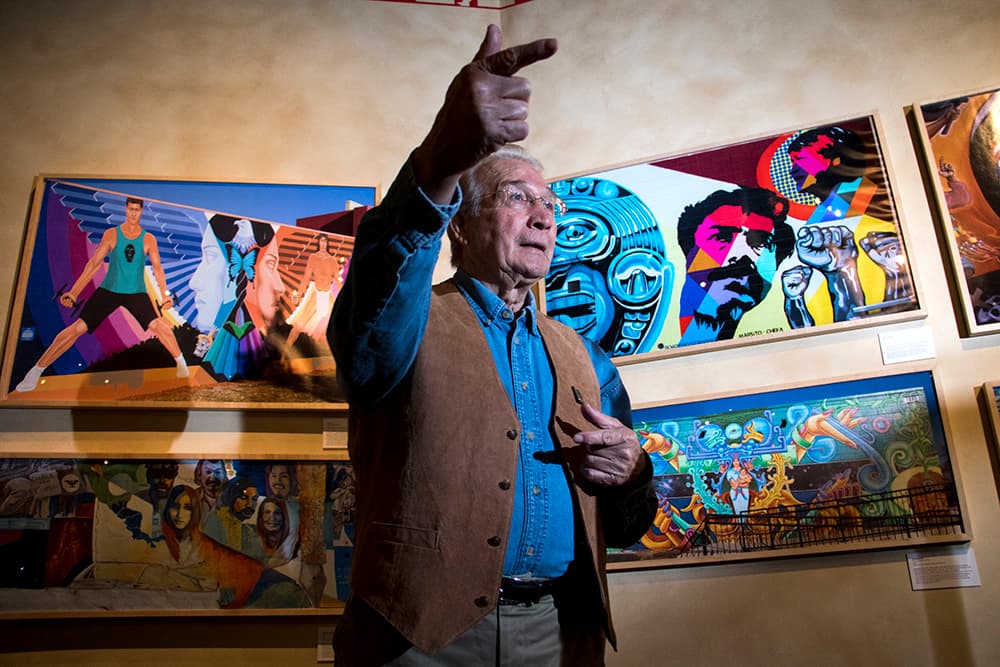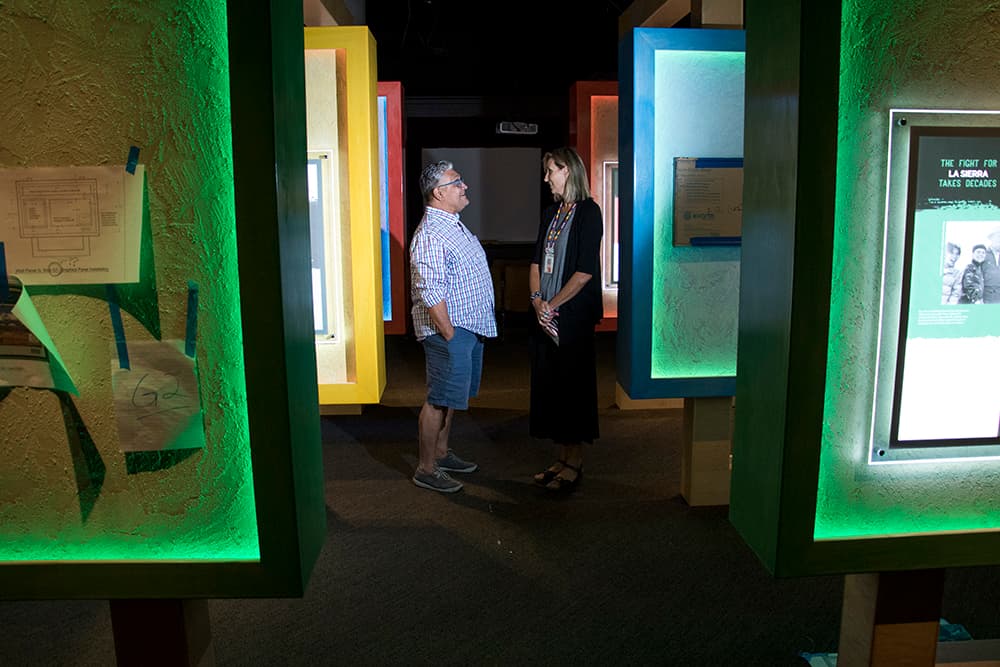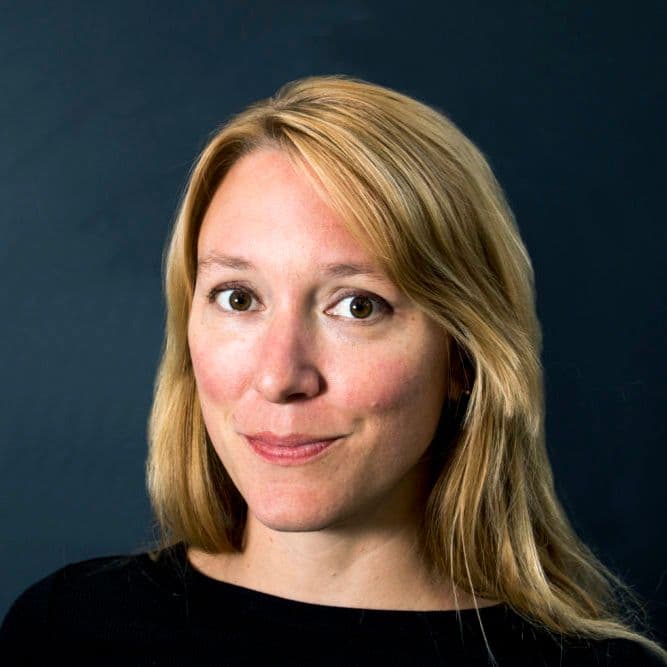
Ricardo Lafore's 50 years of activism begin and end with education.
As a member of the Community Advisory Committee for History Colorado's "El Movimiento" exhibit, Lafore was instrumental in building something that would preserve and teach Chicano history — a history he is an integral part of.
It all started in 1968.
"My first act of civil disobedience was to go to the Las Animas school board," Lafore recalled. "I had some young followers who wanted to celebrate Cinco de Mayo, they wanted Chicano teachers, they wanted Chicano books in the classroom. And I went to them, and they were taken aback. No one had ever dared to ask for something like this, much less a lowly Mexican like me."
That first step culminated in a school board meeting at which Lafore and the students were surprised to find 300 people, about 100 times more than the usual attendance. They'd been told a communist was making trouble for the district. It was the only item on the school board president's agenda that night.
"He said, 'Now, everyone who’s against what Ricardo wants, signify by rising,' and all 300 of them stood up," Lafore said. "And there I am, humiliated in front of the world. I mean, my first shot, and I get completely annihilated.
"They really tore me down and I thought, if they can do that to me, they can do that to someone who isn’t as cocky and confident as I am. I decide that’s it. I’m gonna stay, I’m gonna fight. I made the decision — either stop this right now and save yourself the grief or make the commitment that this is not a weekend thing you do on the spur of a moment, this is a lifetime commitment. And that’s what it is. Next year will be 50 years."

In 2017, education and activism look a little different, both for Lafore and the students. He gives tours of the exhibit that are in such high demand that he sometimes just goes to the schools themselves to talk to classes. (And not for nothing: Shortly after we spoke, he was headed south where he's needed in his capacity as a translator for FEMA.)
The exhibit has made temporary appearances at the History Colorado Center over the past few years, but this time it's here to stay. "El Movimiento" is now a core exhibit, which means it'll be there for about five to eight years.
"This was an iterative process," said JJ Rutherford, director of education at History Colorado. "This exhibit was begun by the community who came to us to collaborate and asked us to tell the story."
They started with an event, where 500 people showed up to celebrate the history of the Chicano movement. So, they built a temporary exhibit meant to last six months. It was hugely popular with middle and high school teachers and students, so it became a year-long exhibit.
About 42,000 school kids visit the museum each year and now, Rutherford said, they'll all see stories of people of color making significant contributions to the state's history.

"We’ve done a really bad job of teaching history in this country, and somehow we have generations of people that think that our history really is this spread of civilization from the East Coast across the continent, and that is not so," Rutherford said. "We haven't lifted up these diverse stories. The stories of the people who built Colorado are not told enough."
And if young people don't see themselves reflected in their history lessons, they're a lot less likely to feel like they belong and are part of the fabric of this country, Lafore explained.
Over the years, he's heard from students that they weren't aware of the history he teaches and that it can't be found in their history books. But once they've learned, many of them ask, "What can I do?"
"They need to know — Hispanic kids, Chicano kids need to know that they play a role, that they have a history of patriotism, a history of activism. They need to know that they and their parents played a part in creating the greatness in this country. They have to know that," Lafore said. "And when they know that, they’re more apt to take part in the improvement of things in this country."
A walk through "El Movimiento" will probably teach a lot of adults a few things, too. It covers farm workers, students, the Crusade for Justice, the land grants and the Vietnam War. It features art, photographs, newspaper clippings, artifacts (like the vest above) and videos, all capturing a period in history when — as the Civil Rights and Women's Rights movements were at their height — Denver and Colorado were an epicenter for the Chicano movement.
Lafore, born in the hills outside Trinidad, helped lead the fight, organizing and rallying the thousands of people whose roots are deep in a land where "the border crossed us." He met and learned from Corky Gonzales and Cesar Chavez and marched from Pueblo to Denver.
"What made the difference for us is that we weren’t asking, we were demanding," Lafore said. "And I don’t wanna wait, poco a poco. I used to hate that saying. My mom used to use it. I said, 'No, no, bullshit. I don’t want little by little. I want it now.' And that was kind of the spirit of the Chicano movement. We want it. We want it now, and we want it all. And we weren’t asking for anything that wasn’t ours to have. It was our birthright."
There is, of course, a lot more to this story, and you can hear it for yourself at "El Movimiento."
The exhibit had a soft opening this weekend and will soon be operating at full strength. On Sept. 27, History Colorado will host a free party to celebrate from 6 to 8 p.m.
Regular hours at the museum (1200 Broadway) are 10 a.m. to 5 p.m. daily. You can find information on organizing tours and field trips here.












